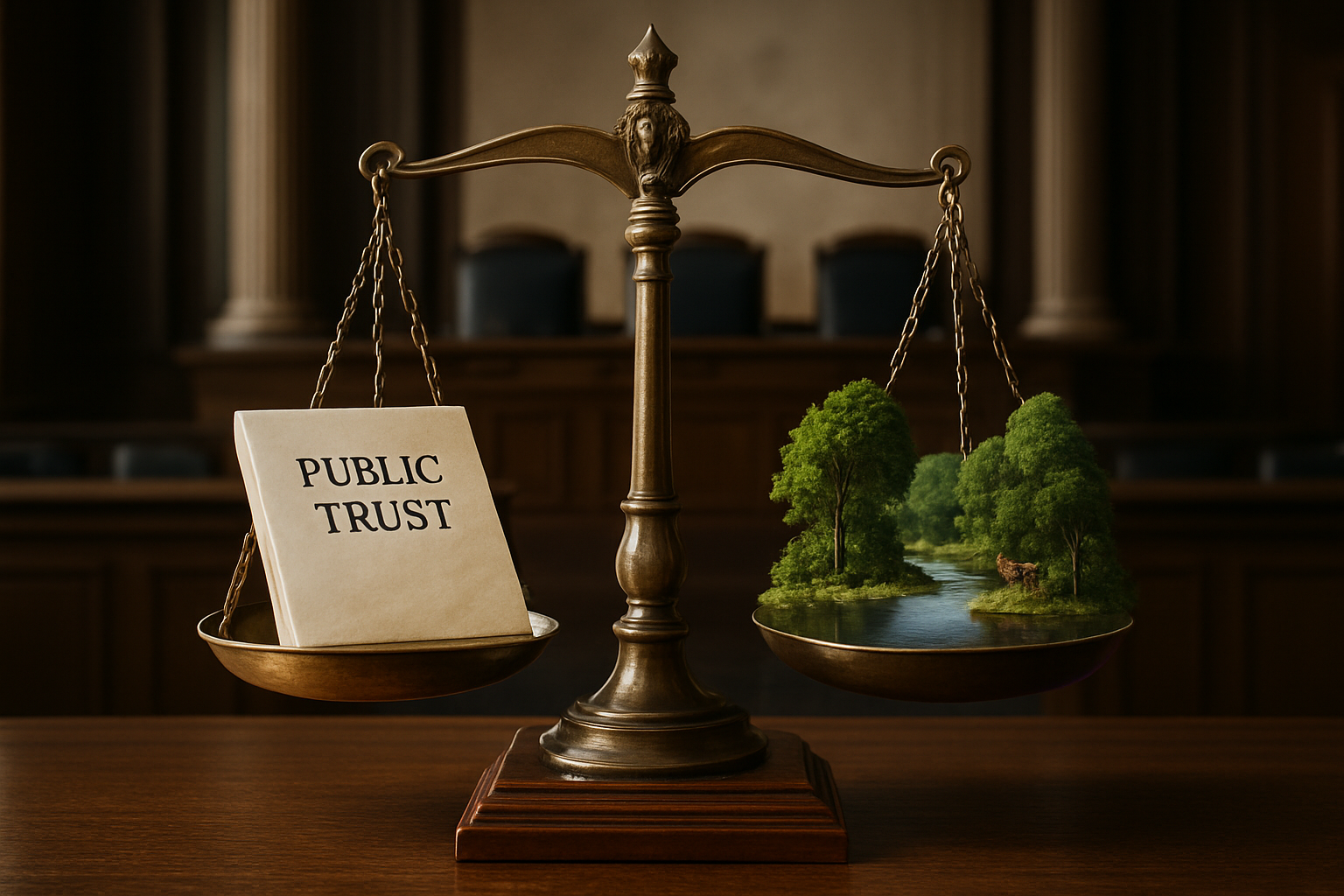Unraveling the Intricacies of the Public Trust Doctrine
Delve into the nuances of the Public Trust Doctrine—an important, but often overlooked, legal principle that shapes our natural resource laws and policies. Explore the doctrine's historical roots, its evolution, and its current applications, while comprehending its significance in today's society.

The Origins and Evolution of the Public Trust Doctrine
The Public Trust Doctrine is a fundamental principle in property law that originated in Roman jurisprudence. It was later incorporated into English Common Law and made its way into American law. The doctrine posits that certain resources, like water and wildlife, are so significant to the public that they should not be monopolized by individuals. Instead, they are entrusted to the government to hold in trust for public use and enjoyment.
The doctrine entered American law through the famous 1892 Supreme Court case, Illinois Central Railroad v. Illinois. The Court invalidated the Illinois legislature’s grant of a large portion of the Chicago Harbor to the Illinois Central Railroad, holding that such a grant violated the Public Trust Doctrine.
The Modern Application of the Public Trust Doctrine
In modern times, the Public Trust Doctrine has expanded beyond its traditional confines of navigable waters and intertidal lands to include other natural resources. It now serves as a potent tool for environmental protection.
Several court cases have broadened the doctrine’s scope. For instance, the landmark 1970 California Supreme Court case, Marks v. Whitney, held that the public trust extends to the preservation of lands in their natural state for scientific study, wildlife habitat, and ecological balance.
Implications for Resource Management and Environmental Policy
The Public Trust Doctrine has significant implications for resource management and environmental policy. It obliges the government to manage natural resources for the benefit of all citizens, acting as a trustee. This obligation has often been invoked in lawsuits to compel governments to take action on environmental issues, such as climate change.
Recent Developments and Future Outlook
Recently, there has been a growing movement to apply the Public Trust Doctrine to the atmosphere, arguing that it should be protected for public use given its importance for human survival. This concept, known as Atmospheric Trust Litigation, has been at the forefront of several high-profile cases, including Juliana v. United States, where a group of young plaintiffs sued the federal government for not adequately addressing climate change.
In conclusion, the Public Trust Doctrine plays a pivotal role in American law and policy. As society grapples with pressing environmental challenges, this timeless legal principle will continue to shape our natural resource laws and policies, ensuring they serve the public interest. By understanding the Public Trust Doctrine, we gain insights into a powerful legal tool that safeguards our collective right to a healthy and sustainable environment.





